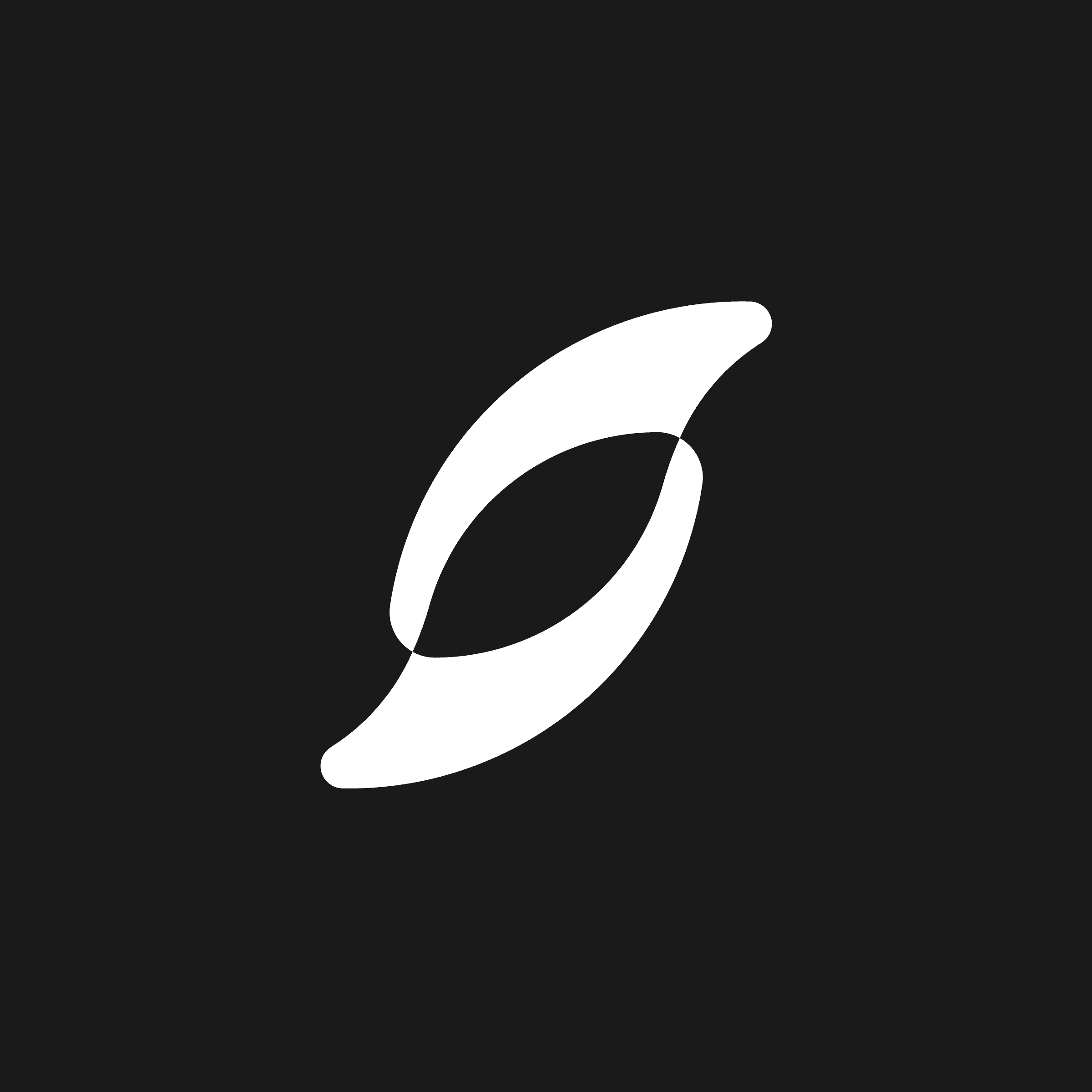All Posts
Wed, 24 Jul 2024
Open Finance vs Open Banking: Key Differences and Benefits
Discover the differences between Open Finance and Open Banking and how Fiskil enhances both realms. Learn more about the benefits and features!
Understanding the distinctions between Open Finance** and **Open Banking is crucial for businesses and consumers alike. Both concepts are reshaping how financial data is accessed and used, but they serve different purposes and offer unique benefits. This article delves into these differences and highlights the advantages of each, with a special focus on how Fiskil enhances the experience in both realms.
What is Open Banking?
Open Banking refers to the practice of allowing third-party providers to access financial data from banks and other financial institutions through APIs (Application Programming Interfaces). This concept is largely driven by regulations such as PSD2 (Payment Services Directive 2) in the European Union, which mandates banks to provide access to their APIs for regulated third-party providers.
The Rise of Open Banking
Since the introduction of PSD2 in 2018, Open Banking has seen substantial growth. The COVID-19 pandemic further accelerated this trend as consumers sought more seamless and digital financial solutions. Open Banking enables customers to access new financial products and services from regulated providers, fostering competition and innovation. Learn more about Open Banking and its benefits.
Key Benefits of Open Banking
- Increased Competition: Open Banking promotes a competitive market, which drives innovation and improves product offerings.
- Enhanced Customer Experience: Consumers benefit from more tailored financial services and improved user experiences.
- Better Financial Management: Access to financial data enables the development of tools for better budgeting, saving, and managing finances.
What is Open Finance?
Open Finance extends the principles of Open Banking to a broader range of financial services beyond just banking. It involves the use of open APIs to enable third-party developers to build applications and services that interact with various financial sectors, including mortgages, savings, pensions, insurance, and consumer credit.
The Evolution to Open Finance
Open Finance represents the next step in the evolution of financial data sharing. It allows consumers to consent to third-party providers accessing their comprehensive financial footprint, which includes data from multiple types of financial products. Explore how Open Finance is transforming the financial landscape.
Key Benefits of Open Finance
- Comprehensive Financial Management: Open Finance provides a holistic view of a consumer's financial situation, integrating data from various financial products.
- Improved Personalisation: With access to a wider range of data, financial services can offer more personalised and relevant products.
- Streamlined Financial Services: Open Finance simplifies interactions with various financial services, reducing the need for multiple accounts and interfaces.
Key Differences Between Open Banking and Open Finance
While Open Banking and Open Finance share the core principle of open data access, they differ in scope and application:
- Scope: Open Banking focuses specifically on bank account and payment data, whereas Open Finance encompasses a broader range of financial products and services.
- Data Integration: Open Finance allows for a more integrated view of a consumer's entire financial footprint, including non-banking financial products.
- Innovation Potential: Open Finance enables the development of more comprehensive financial tools and services by integrating data across multiple financial sectors.
How Fiskil Enhances Open Finance and Open Banking
Fiskil is a leading solution that bridges the gap between Open Banking and Open Finance, providing a robust platform for accessing and utilising financial data. Here’s how Fiskil aligns with the concepts of Open Finance and Open Banking:
What is Fiskil?
Fiskil connects your product with open finance by providing access to real-time banking and energy data, elevating your customer experience. Designed for developers, Fiskil offers a powerful and scalable back-end infrastructure that simplifies data integration.
Key Features of Fiskil
- Identity Verification: Verify account ownership and identity details directly from the user's bank account.
- Automated Onboarding: Reduce drop-off rates by automatically completing applications, forms, and onboarding processes.
- Fraud Detection: Use transactional data to detect and prevent fraudulent behaviour.
- Personal Finances: Turn banking data into valuable budgeting, forecasting, and savings insights for your users.
Why Use Fiskil?
Fiskil’s APIs instantly connect your application or website to your users' bank accounts, offering immense benefits for your business. With Fiskil’s pre-built compliance solutions and unified API, you can accelerate development, enhance user experience, and reduce IT project delivery risks. Discover more about Fiskil’s solutions.
How Does Fiskil Work?
Fiskil handles the complexities of Open Banking and the Consumer Data Right (CDR), allowing companies to focus on their core business. With a simple sign-up process, API key retrieval, and straightforward integration, Fiskil makes it easy to access and utilise financial data.
Conclusion
Understanding the differences between Open Banking and Open Finance is essential for leveraging their benefits effectively. Open Banking provides access to banking data, fostering innovation and competition, while Open Finance extends this concept to a wider array of financial products, offering a more comprehensive view of a consumer’s financial landscape.
By integrating Fiskil into your financial solutions, you can enhance the capabilities of both Open Banking and Open Finance. Fiskil’s advanced features and seamless integration support businesses in delivering superior financial services and improving customer experiences.
For more information on how Fiskil can transform your financial data management, visit Fiskil’s website or check out their blog.
Posted by

Fiskil
Share this post